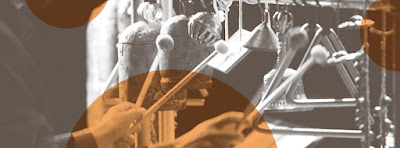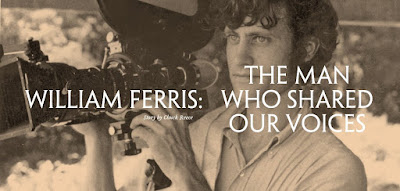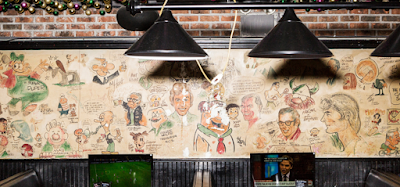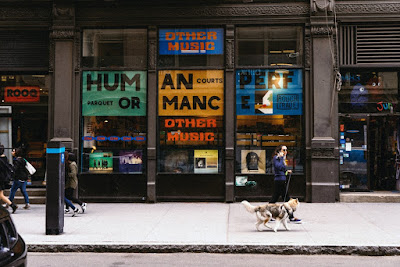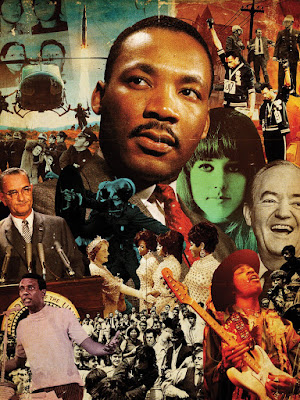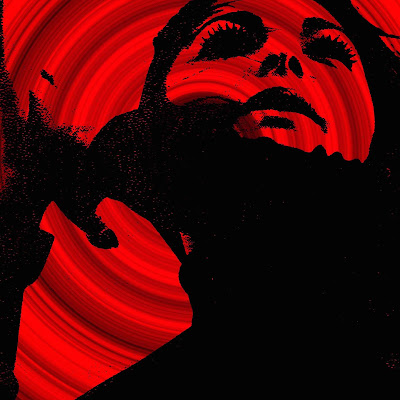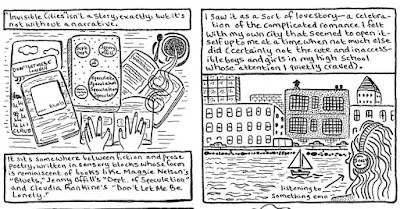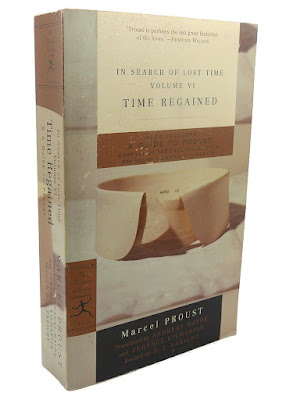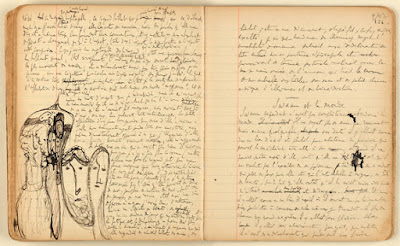
The St. Denis, 2017
"I am one of the last tenants of the St. Denis, a 165-year-old building on the corner of Broadway and East 11th Street, just south of Union Square in New York City, that is in the process of being emptied and readied for gutting. It is quiet in my office, early morning before my psychotherapy patients arrive. My four large windows overlook a courtyard and the angled back sides of three buildings, their walls a geometric patchwork of brick. Pigeons purr on a sill. In the NYU dormitory across the way, a student has decorated her window with paper snowflakes. It is winter and I hope to see a real snowfall one more time before I go. The St. Denis is desolate. Only two dozen tenants are left. There used to be hundreds. For decades, the St. Denis has been a haven for psychotherapists of every sort: classical Freudian analysts and new-age Zen psychologists, existential counselors and gender specialists, therapists who use art, dance, and neurofeedback. We’ve shared the building’s six floors (plus one semi-secret half-floor on the un-seventh) with other small businesses, mostly providers of wellness—Rolfers, Reiki healers, craniosacral balancers, Feldenkrais practitioners, acupuncturists, Pilates instructors, and at least one psychic who does past-life regressions. ..."
NYBooks
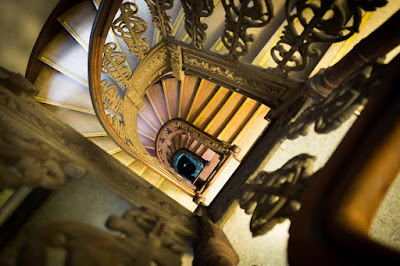
A staircase inside the St. Denis, 2017




